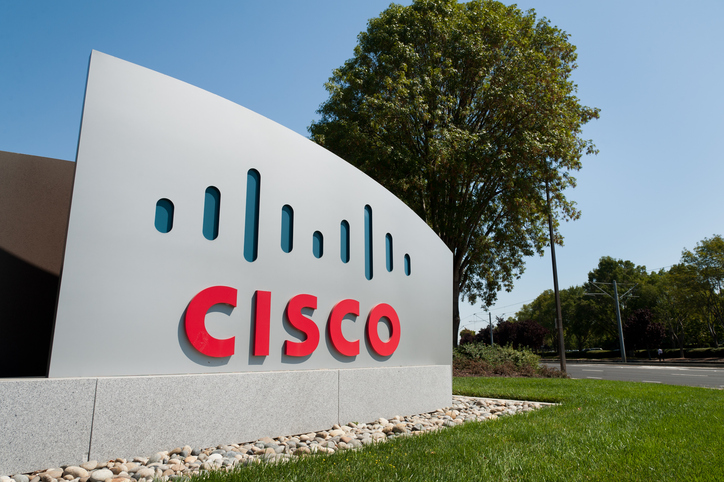A US court has declared that ‘business methods’ cannot be patented, overturning a landmark 1998 ruling that allowed abstract processes to be subject to copy protection.
The court ruled that a patent application from a company called WeatherWise, describing a technique for managing the risk associated with fluctuating energy costs, was ineligible for a patent.
The ruling set out what processes could justifiably be patented, overturning the 1998 precedent. In order to be eligible for patenting, processes must now either “be tied to a particular machine or apparatus, or transform a particular article into a different state or thing”.
In the past ten years, the US Patent and Trademark Office has approved many thousands of business method patent applications – which often describe abstract ideas – most commonly from financial services firms protecting investment strategies but also from software and Internet companies. The legality of those existing patents is now in question.
Due process
The ruling will impact the Internet and software industries in many ways. Firstly, some companies whose business is built around a patent-protected business method may find themselves flooded with copy-cat competitors, and some patent holders may see royalty revenues disappear.
But it may also unleash a wave of innovative products and services that would have prohibited the previous law.
In the longer term, the ruling may have an impact of software design. While business processes and application design are closely related – sometimes the value of a business application is the process that it forces users to follow – technologies such as SOA and business process management are decoupling processes from the underlying application.
These technologies point to a future where a business process is an easily distributed and copied file format. If such processes are ineligible for copy protection, as this week’s ruling suggests (US law having the greatest influence on the IT industry), might business process innovation go the way of .mp3s – too easily copied to be valuable?










